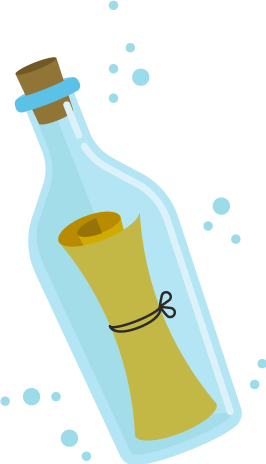Guide for Cerebral Palsy Infographic
Children with cerebral palsy are special and should receive appropriate medical treatments from early years.
Even though they have special conditions, children with cerebral palsy still have a chance to carry out daily activities alone.
To understand their condition better, below is a guide to cerebral palsy (CP), and see the infographic at the end of this article.
What is Cerebral Palsy?
Cerebral palsy (CP) is a condition of abnormality in motoric function and postural tone that happens in the early years, even before birth.
The symptoms of cerebral palsy usually show in the first few years of life.
However, there is still no medicine or treatments to cure cerebral palsy completely.
Classification of Cerebral Palsy
In the medical term, cerebral palsy has three classifications, which are:
Spastic
Most cerebral palsy patients have cerebral palsy due to damage in the brain’s outer layer, referred to as the cerebral cortex.
Spastic cerebral palsy is a condition of an increased muscle tone, causing a rigid posture in one or more of the person’s arms or legs.
Athetoid
Children with athetoid cerebral palsy suffer from damage to the basal ganglia.
A common symptom of this type is involuntary movements that make the child seem restless.
Ataxic
Ataxic cerebral palsy is less common than the previous two. It involves damage to the cerebellum.
Children with ataxic cerebral palsy overcome diminished muscle tone, coordination, and depth perception.
Diagnosing Cerebral Palsy
Neurologists usually diagnose children with cerebral palsy from three months to three years old.
The characteristics of children with cerebral palsy are:
- Seizures
- Irritability
- Jitteriness
- Feeding and respiratory problems
- Lethargy
- Coma
Treating Cerebral Palsy
Even though the cure is still unavailable, children with cerebral palsy can undergo treatments with a team approach from physicians, such as:
Physical therapist
Physical therapists help to evaluate muscle tone, strength, and gait (walking).
Occupational therapist
Occupational therapists review the child’s ability to perform tasks of self-help and care, from feeding to manual dexterity.
Speech therapist
Speech therapists evaluate a child’s ability to speak and understand speech. Also, they advise children to chew and swallow food and determine if they need any dietary modification.
Conclusion
Children with cerebral palsy still have a chance to carry out their daily necessities alone with proper medical treatments.
Therefore, they can grow up to become independent and confident individuals to survive in society.
See the infographic below to learn more about cerebral palsy.



